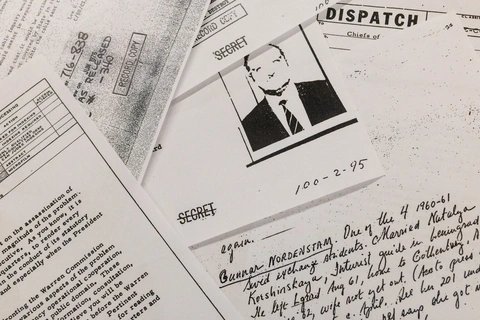On a momentous day in American history, the United States government made a groundbreaking announcement: it would release all secret documents related to the assassination of President John F. Kennedy. This decision came after decades of speculation, secrecy, and countless conspiracy theories surrounding one of the most tragic and controversial events of the 20th century. The assassination of President Kennedy on November 22, 1963, in Dallas, Texas, has remained an enigma for nearly six decades, but with the release of these classified documents, the US government has taken a significant step toward transparency and accountability.
The assassination of President John F. Kennedy remains one of the most significant events in American history. On November 22, 1963, President Kennedy was shot while riding in a motorcade through Dealey Plaza in Dallas. The shooting was fatal, and Kennedy was declared dead shortly thereafter. The official investigation, led by the Warren Commission, concluded that Lee Harvey Oswald acted alone in the assassination.
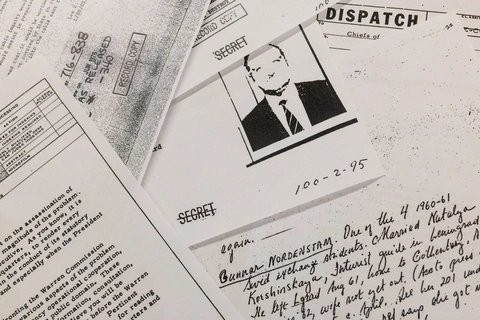
However, many Americans and people around the world have long questioned the findings of the Warren Commission. Over the years, various theories have emerged, suggesting the involvement of multiple conspirators or even government agencies in the plot to kill Kennedy. These theories have only fueled public curiosity and skepticism regarding the truth behind the assassination.
For decades, the US government kept a vast trove of documents related to the Kennedy assassination under lock and key. These documents included everything from investigative reports to intelligence agency records, as well as correspondence and memos from government officials. The secrecy surrounding these documents led to widespread speculation and distrust in the official narrative.
In 1992, the JFK Assassination Records Collection Act was passed by Congress, mandating the release of all government documents related to the assassination. However, despite this law, many documents remained classified, with some being withheld for national security reasons. As a result, the full picture of what happened on that fateful day in Dallas was still obscured.
The most recent decision to release the remaining secret documents marks the final step in the government’s effort to comply with the 1992 law. These documents include new information that could shed light on key aspects of the assassination, such as Oswald’s activities leading up to the event, the investigation itself, and the government’s response to the tragedy.
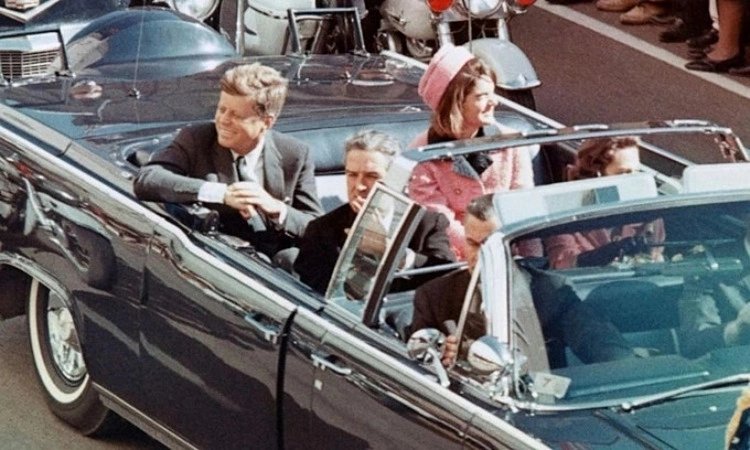
The newly released documents are expected to offer a wealth of new information that could finally put to rest some of the most enduring questions surrounding the assassination. Among the key areas of interest are:
1. **Lee Harvey Oswald’s Activities**
The documents contain details about Oswald’s movements in the months leading up to the assassination. They offer a closer look at his connections with various individuals and organizations, both in the United States and abroad. Some of the documents may also provide insight into Oswald’s motivations and whether he acted alone or as part of a larger conspiracy.
2. **The Role of Government Agencies**
One of the most enduring theories about the Kennedy assassination involves the potential involvement of various government agencies, including the CIA, FBI, and even organized crime groups. The newly released documents may provide additional context about the role these agencies played in the investigation and whether any of them were involved in a cover-up.
3. **New Witness Testimonies**
Over the years, numerous individuals have come forward claiming to have witnessed or heard something related to the assassination. The newly declassified documents may include previously unheard testimonies from key witnesses who could offer fresh perspectives on what happened that day.
4. **Conspiracy Theories**
The documents may also provide information that either supports or disproves the many conspiracy theories that have flourished over the years. These theories range from suggestions of a second gunman to allegations of involvement by foreign governments or powerful domestic groups. The release of these documents could either validate or debunk some of these theories.
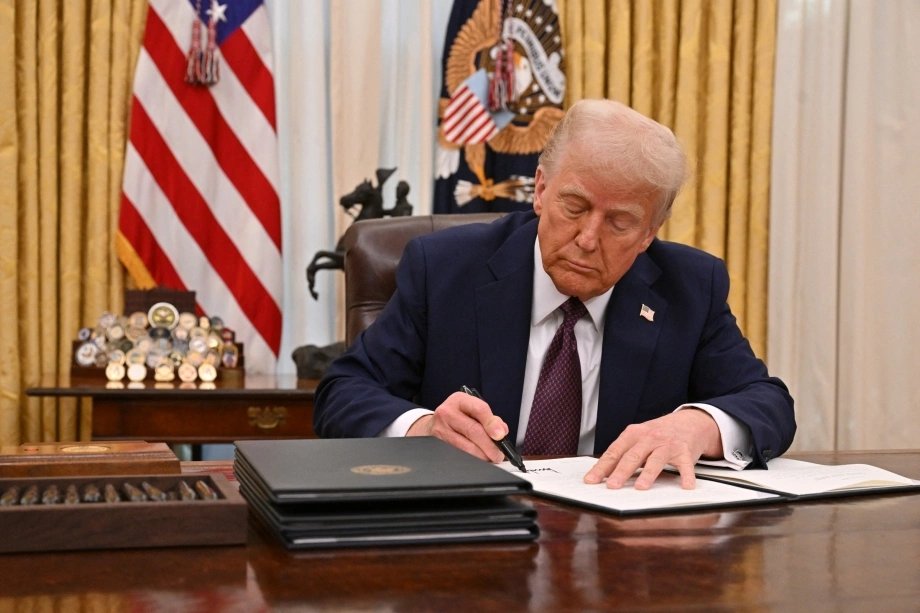
The public’s response to the release of these documents has been overwhelmingly positive, with many praising the government for finally fulfilling its commitment to transparency. For decades, the secrecy surrounding the assassination has fueled distrust in the government and sparked numerous conspiracy theories. The release of these documents is seen as a step toward restoring faith in the American political system.
Historians, researchers, and journalists are especially eager to sift through the newly available information. Many hope that the documents will provide clarity and help to piece together the puzzle of President Kennedy’s assassination. Others, however, are cautious, fearing that the documents may still contain key information that remains classified for national security reasons.
The decision to release all secret documents related to the Kennedy assassination is a significant moment in American history. It reflects the importance of transparency in government and the need to address long-standing questions about one of the most pivotal events in the nation’s history. For decades, the government has been criticized for withholding information from the public, and this release signals a shift toward greater openness.
Moreover, the release of these documents is an important step in ensuring that the public has access to information about the actions of their government. In an era where trust in institutions is often low, the US government’s move to make these documents public could help to rebuild confidence in the political system and demonstrate a commitment to accountability.
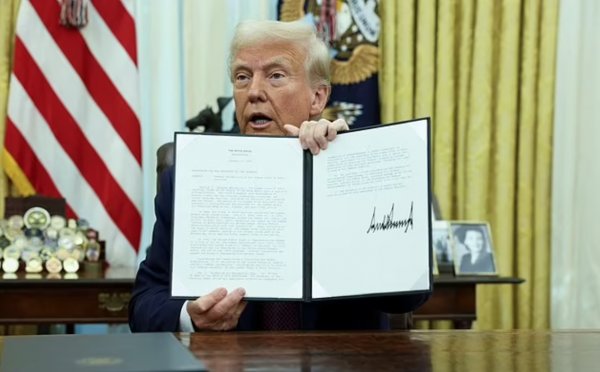
As we reflect on the release of these documents, it’s also important to consider the legacy of President John F. Kennedy. Kennedy’s presidency was marked by a vision of hope, progress, and change, as well as a commitment to civil rights, space exploration, and global diplomacy. His assassination was not only a tragic moment for the nation but also a loss for the world, as many believed Kennedy had the potential to lead the country into a new era of peace and prosperity.
The release of these documents provides an opportunity to reflect on Kennedy’s life and his enduring influence on American society and politics. It also underscores the continuing need for justice and the pursuit of truth, no matter how long it takes to uncover it.
With the release of these documents, the investigation into the assassination of President Kennedy is not over. In fact, it may just be beginning. Researchers, historians, and journalists will undoubtedly continue to examine the newly available materials, seeking to uncover additional information and piece together the events of that fateful day.
For some, the release of these documents may finally offer the answers they’ve been searching for. For others, it may raise even more questions and lead to further investigations. Regardless of what the documents reveal, the assassination of President Kennedy will likely remain one of the most discussed and debated topics in American history.
The release of all secret documents related to the assassination of President John F. Kennedy is a momentous event that will undoubtedly have a lasting impact on the understanding of this tragic chapter in American history. It represents a significant step toward transparency and accountability, shedding new light on the events surrounding Kennedy’s death and the subsequent investigation. As the public begins to sift through these documents, it is likely that new insights and revelations will emerge, offering a clearer picture of what happened on that fateful day in Dallas.
While the release of these documents may not provide all the answers, it is a crucial step in the ongoing quest for truth. As the nation continues to grapple with the legacy of President Kennedy and the questions surrounding his assassination, these newly declassified documents will serve as a vital resource for future generations of researchers and historians.
